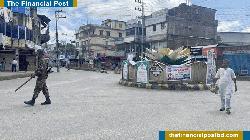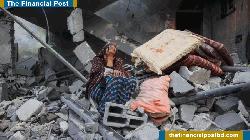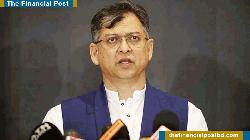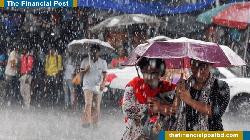As witnesses to Bangladesh's economic progress, we'd all agree that our Ready-Made Garment (RMG) industry is a true powerhouse. It's not just the backbone of our national economy, but it has also carved out a proud position for Bangladesh in the global economy. As someone who has grown from a small entrepreneur to the head of a large industrial group, I've seen the rise of this industry and its immense potential firsthand. This industry has brought smiles to millions of faces and provided economic liberation. But has its journey always been smooth, and will it be in the future? Through this article, I want to shed light on these very issues in a straightforward manner.
After independence, when Bangladesh was a war-torn nation, many might not have imagined that the garment industry would one day become the driving force of our economy. However, with indomitable hard work, foresight, and the advantage of comparatively cheap labor, we gradually built this sector. What started as small factories are now vast, technologically advanced establishments. The demand for garments with the "Made in Bangladesh" tag is now sky-high in major markets worldwide, including Europe, America, and Canada. Our RMG sector contributes approximately 11% to the country's GDP, and about 83% of total export earnings come from this industry. Just imagine! These aren't just economic statistics; they are a reflection of the dreams and livelihoods of millions of people. Notably, the garment industry has brought about an incredible economic empowerment of women in the country. Millions of female workers have transformed their own and their families' fortunes by working in factories. This is not just about garment production; it's a shining example of social change and development.
Bangladesh's success in the garment industry isn't just in terms of quantity; it also comes from quality and compliance. The reforms in our industry after the Rana Plaza disaster have been globally praised. We've made significant progress in worker safety, improving the working environment, and environmentally friendly production processes. Bangladesh now boasts the highest number of LEED-certified green factories in the world, a prime example of our environmental consciousness. The Bangladeshi apparel industry is praised in various international forums for its resilience and adaptability. Even when global supply chains collapsed during the COVID-19 pandemic, our garment industry quickly bounced back, further increasing the trust of international buyers.
However, behind this success story lie several challenges that serve as warnings for our future. In 2026, when Bangladesh graduates from a least developed country to a developing country, we'll lose many commercial benefits, such as GSP. This will make our products face more competitive prices in the international market. We must prepare to tackle this challenge starting now. One of our main challenges is the lack of product diversification. We primarily excel at producing basic garments like T-shirts and pants. But we need to increase our production capacity for high-value fashion items, technical textiles, and sportswear. Furthermore, in this era of the Fourth Industrial Revolution, automation and the use of technology in the industry are essential. Although there's a fear of some job losses, it's crucial for long-term productivity growth and staying competitive internationally. We need to increase the use of modern technology in our factories. Worker skill development in line with new technologies is extremely important. We must arrange for their upskilling and reskilling through training. Another significant issue is the import dependency for raw materials required by the garment industry. A large portion of yarn and fabric still has to be imported, which increases production costs and creates uncertainty in the supply chain. Further development of the backward linkage industry is necessary. Finally, recent global economic instability, inflation, and geopolitical crises are creating new challenges for the garment industry. To overcome these challenges, a combined effort from the government, entrepreneurs, and workers is required.
We must increase investment in research and development (R&D) to focus on producing high-value products. The government needs to provide policy support that attracts investment, especially in new technologies and innovative fields. Technical education and training institutions must be restructured according to the demands of the garment industry. By enhancing our own branding and design capabilities, we need to strengthen our position in the global "fast fashion" market.
In conclusion, Bangladesh's ready-made garment industry is not just an industrial sector; it is a beacon of our economy. Its success has instilled confidence in us and given us an identity on the world stage. Although the upcoming challenges are tough, I firmly believe that with the foresight of our entrepreneurs, the hard work of our laborers, and the right government policies, we will successfully overcome these challenges. We will make this powerhouse even stronger, contributing to building a prosperous Bangladesh for future generations.
Managing Director, Labaid Cancer Hospital & Super Speciality Centre
Deputy managing Director, Labaid Group
FP/MI


 Khagrachhari blockade fully withdrawn
Khagrachhari blockade fully withdrawn
 Hamas agrees to parts of Trump’s Gaza plan, seeks more talks, bombing eases
Hamas agrees to parts of Trump’s Gaza plan, seeks more talks, bombing eases
 Remittances Keep Bangladesh’s Economy Afloat After July Uprising
Remittances Keep Bangladesh’s Economy Afloat After July Uprising
 BNP to give ‘green signal’ soon to single candidates for constituencies: Salahuddin
BNP to give ‘green signal’ soon to single candidates for constituencies: Salahuddin
 Light to moderate rain, thundershowers likely
Light to moderate rain, thundershowers likely